Sarajevo 1992-1995: looking back after 20 years
Continue reading the main story-
 Introduction
Introduction
-
 Siege begins
Siege begins
-
 Sniper alley
Sniper alley
-
 Cemetery attack
Cemetery attack
-
 Sarajevo airlift
Sarajevo airlift
-
 "Serb" Sarajevo
"Serb" Sarajevo
-
 The tunnel
The tunnel
-
 Market massacre
Market massacre
-
 UN in trouble
UN in trouble
-
 Final straw
Final straw
-
 End game
End game
-
Siege begins
April 1992
Tensions had been building for some time. When protesters were shot and killed by Serb gunmen at a peace rally in April, events quickly spiralled out of control.
The Serbs shelled civilian areas from the hills and battled government troops on the streets. Thousands fled but many remained trapped in the city. A deadly pattern evolved of random shelling and gun battles that caught out many who struggled to survive. Martin Bell reports on a typical day in June.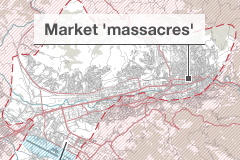

-
Sniper alley
Hidden assassins
One of the most terrifying aspects of the siege was the snipers targeting civilians.
Hiding in high-rise buildings, the gunmen overlooked the front line, picking off unsuspecting victims on both sides. Women and children, firefighters, UN peacekeepers and soldiers were all killed by snipers. A UN report into the calculated use of snipers recorded that many were killed with a single shot to the head or heart. Martin Bell witnessed one such attack in July 1992.

-
Cemetery blast
August 1992
No aspect of life in the city was safe. Even funerals were targeted by Bosnian Serb gunners.
As the daily death toll mounted the city's cemeteries quickly filled up and others had to be created. But burying the dead was not without risk. The BBC's Jeremy Bowen witnessed one such attack as mourners attempted to lay flowers at the grave of a young girl. As the siege continued mourners began to hold funerals under cover of darkness to lessen the dangers.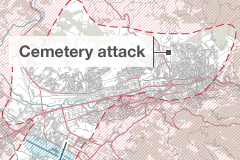

-
Sarajevo airlift
1992 - 1996
With the roads around Sarajevo held by the Serbs, the only reliable way to get food, medicines and supplies into the city was by air.
The UN operation lasted longer than the Berlin airlift and kept thousands alive. But it didn't deliver what the city's defenders wanted - weapons. It was not risk free however. Planes were often fired on - leading to frequent suspensions. Four Italian airmen died when their plane was shot just weeks after Martin Bell filed this report.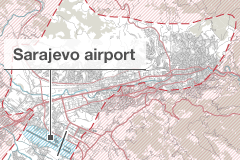

-
Grbavica
Serb-held Sarajevo
The majority of the city was surrounded by Serb forces but there was one area of the city that was controlled by the Serbs.
Grbavica was a mixed area but many non-Serbs were expelled. The frontline snaked around a series of high rise apartment blocks and along the river that runs through the city. It gave the Bosnian Serbs a toehold within the city but it was a dangerous place to be. After the war the area was incorporated back into the city. Martin Bell reports.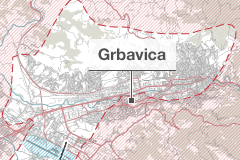

-
The tunnel
City's secret lifeline
By 1993, with no end to the siege in sight, the government began to dig its own lifeline.
Basic supplies such as food and fuel were running low. Weapons were also needed to defend the city. Volunteers took several months to dig the nearly one kilometre tunnel under the UN-controlled airport to link up two government-held areas. Big enough for people to squeeze past each other at a stoop it eventually had wagons that ran on rails to improve its capacity.

-
Market killings
February 1994
A mortar attack at 12:20 on 5 February 1994 was a direct hit on an open air market in Sarajevo, the single most deadly attack after nearly 10 months of the siege.
In all, 66 died and nearly 200 were wounded. The atrocity spurred the international community to threaten the Serbs with Nato air strikes unless they withdrew their heavy weapons from around the city. The Serbs reluctantly allowed their weapons to come under UN observation - but crucially, they didn't surrender them.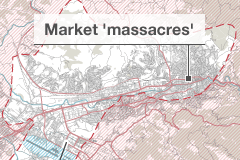

-
UN in crisis
July 1995
Three years into the siege and the regular shelling of the city had returned. Despite placing their weapons under UN control in 1994, the Serbs resumed their attacks.
In May, the Serbs took hundreds of peacekeepers hostage after a Nato airstrike on a Serb weapons dump. They were later released but a government offensive to break out of the city saw a dramatic upsurge in fighting. The UN, stuck in the middle, was apparently powerless to intervene.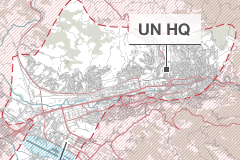

-
The final straw
August 1995
On 28 August 1995, just metres from the first attack a year before, another mortar bomb exploded on a crowded market.
The attack killed 37 and injured 90. The atrocity came within weeks of the fall of Srebrenica where the Bosnian Serbs murdered thousands. In Sarajevo the death toll was rising. International reaction was swift. Within two days, Nato launched airstrikes against Bosnian Serb positions around the capital. The end was near.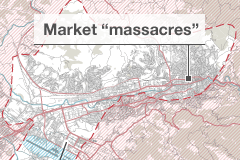

-
Nato strikes
30 August 1995
Nato warplanes launch air strikes on Serb positions in pre-dawn raids. Air defences, ammunition dumps, communications facilities were attacked.
The alliance's heavily armed Rapid Reaction Force, recently deployed on the heights overlooking the city, also pounded Bosnian Serb gun positions circling the city. This is the beginning of the end for the Bosnian Serb siege. Within two months a peace deal was signed and the siege effectively was over.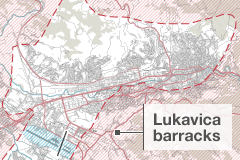

Notes
The map of the front lines around Sarajevo is based on UN maps produced at the time. It's possible that they are incorrect in detail as it has not been possible with the available resources to establish the exact position of the front lines. The UN maps are not readily available but you can find other useful maps at the University of Texas library online resource.
Map data (c) OpenStreetMap contributors, CC-BY-SA.
The data for the monthly death toll has come from the Istrazivacko Dokumentacioni Centar Sarajevo (research and documentation centre in Sarajevo). These figures have been produced after extensive research of local and international records and corroborated by other documentary evidence. You can find more details at their website.
Photo credits: Getty/AFP


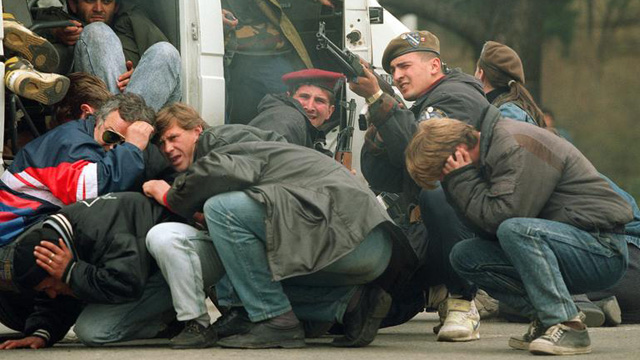
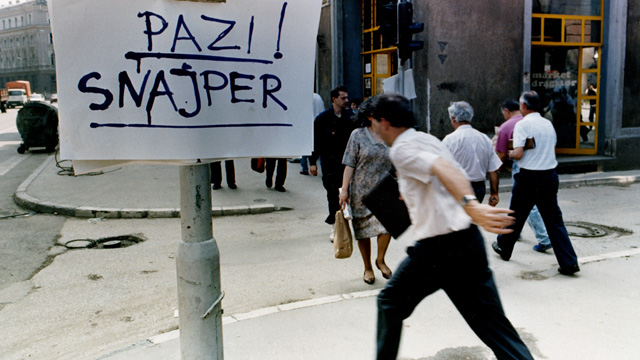
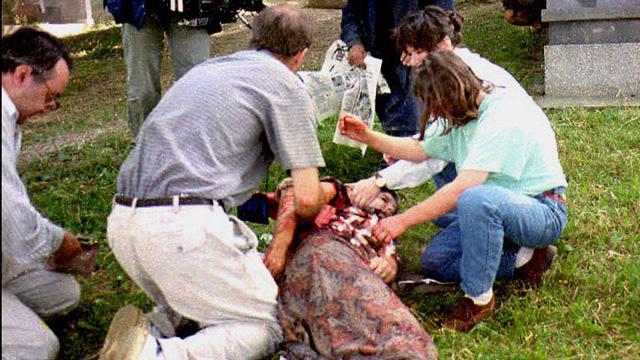
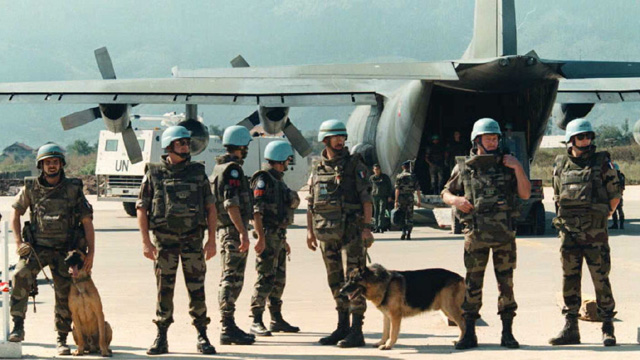

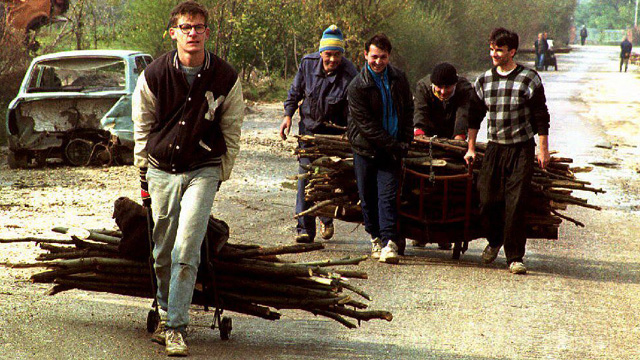
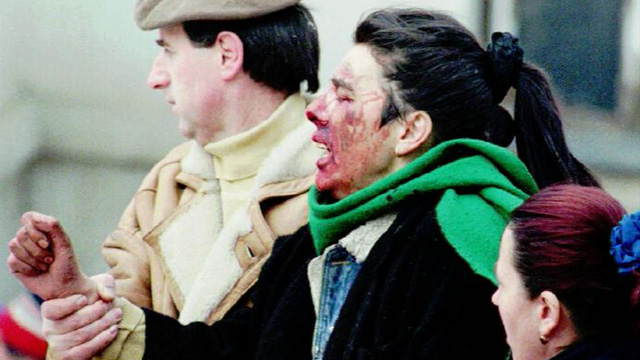
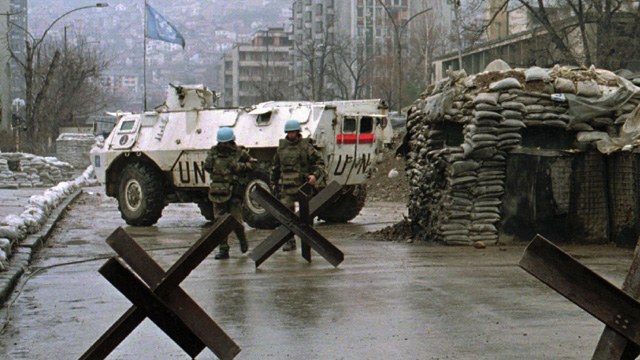
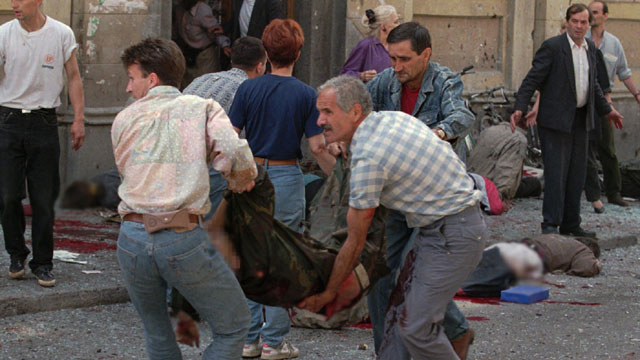
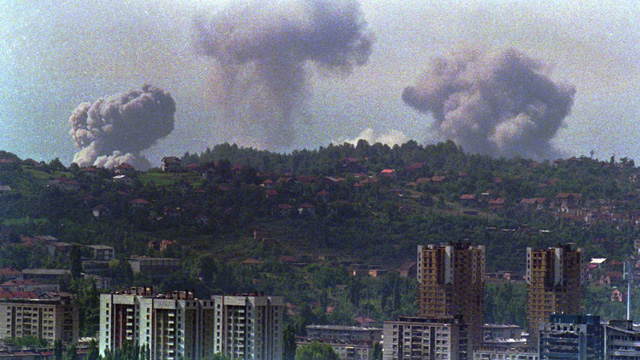

 Co-pilot 'wanted to destroy plane'
Co-pilot 'wanted to destroy plane'